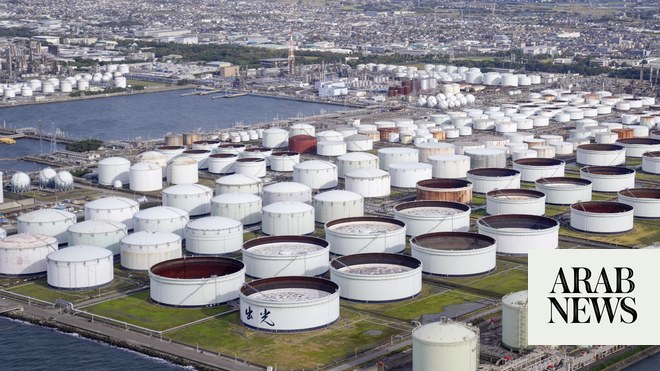
Southeast Asian demand for oil will keep growing until at least 2040 as emerging nations there rely on the fossil fuel to transport their rapidly growing populations, ship goods and make plastics, the International Energy Agency said on Tuesday.
Oil usage in the region will expand to around 6.6 million barrels per day by 2040 from 4.7 million bpd now, with the number of road vehicles increasing by two-thirds to around 62 million, the agency said in a report. It did not make any forecasts beyond 2040.
However, oil will continue to meet around 90 percent of transport-related demand in Southeast Asia, especially for trucks and ships, Keisuke Sadamori, the IEA’s director of energy markets and security, said at the Singapore International Energy Week.
Oil demand from the petrochemicals sector, one of the largest users of the fossil fuel, will also grow fairly substantially, Sadamori said. Oil can be used as a raw material for plastics and textiles.
Meanwhile, Southeast Asia’s overall energy demand is expected to climb nearly 60 percent by 2040 from now, led by power generation, as rising incomes in the region spur more people to buy electric appliances including air conditioners, the IEA said.
On the other hand, Russia held on to its position as China’s top crude oil supplier ahead of Angola and Saudi Arabia for the seventh straight month in September, with shipments hitting a record as refiners rushed to buy lower-sulfur oil to meet cleaner fuels standards.
Imports from Russia last month were almost 6.35 million tonnes, or 1.545 million barrels per day, up 60.5 percent from the same month last year, according to a detailed breakdown of commodity trade data released by the General Administration of Customs.
For the first three quarters, crude volumes from Russia gained 18 percent year-on-year to nearly 45 million tonnes, or 1.2 million bpd, also holding firm its top ranking.
The lower cost of Russian crude and China’s shift to cleaner diesel was the key driver behind the record Russian oil purchases.
Meanwhile Angola, China’s second largest source of crude, supplied 11.7 percent more oil than a year earlier at 4.677 million tonnes, or 1.14 million bpd.
Angola also maintained the second spot for the January-September supplies ahead of Saudi.
Supplies from Saudi Arabia were up 9.6 percent last month year-on-year at 4.276 million tonnes, or about 1.04 million barrels per day (bpd).
Shipments for the January-September period dipped 0.6 percent on year at 38.52 million tonnes, or 1.03 million bpd.












